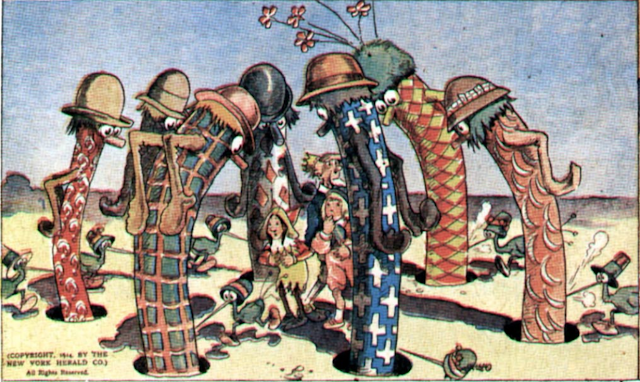TinTin in America
For the fourth week I read some of TinTin in America. This comic actually made me laugh out loud in some parts and is quite entertaining. The sequential action panels and comedic approach when incorporating strong subject matter such as gangs and guns, make this comic a treat for the reader. The moment in particular where I found hilarious was when TinTin and two police officers catch a goon and he's about to spill the beans about the whole mission, when all of a sudden he is taken out by another goon with a boomerang instead of a gun. There are many guns in this comic but this guy used a boomerang of all things. I can put together that TinTin is a reflection of the child friendly standards that many comics at the time had to abide by, although still exploring serious subject matters such as gangs and violence. Even Police brutality is shown against TinTin although it's turned into comedic relief.
